Reference Points For Europe’s Fish Stocks
Transforming management of EU fisheries
Fisheries management in the European Union entered a new era in 2014 when the reformed Common Fisheries Policy (CFP) went into force. The CFP stipulates an end to overfishing in EU waters with the goal of restoring fish stocks to productive levels. To ensure effective and legally robust decision-making under the CFP, the framework for advice on fishing limits must reflect the newly agreed-upon requirements. This will benefit the marine environment and bolster the fishing sector’s economic viability.
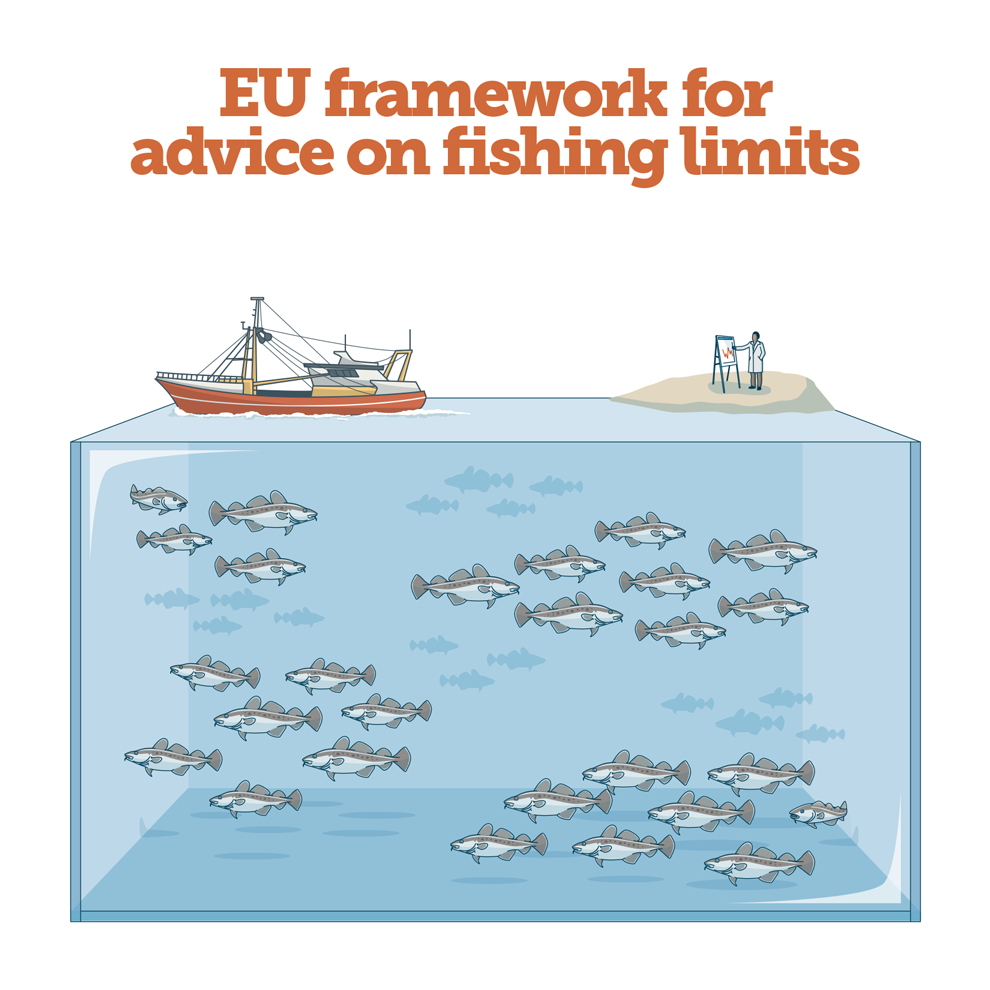
Under the CFP, the European Commission requests scientific advice on fishing limits from the International Council for the Exploration of the Sea (ICES). Today, these requests are based on parameters established under the previous CFP. Those parameters were intended to serve as safety margins to ensure that reproduction of stocks was not impaired. The reformed CFP, however, stipulates a positive vision for the future, meaning that more ambitious parameters, or reference points, must be used to achieve the CFP’s objectives.
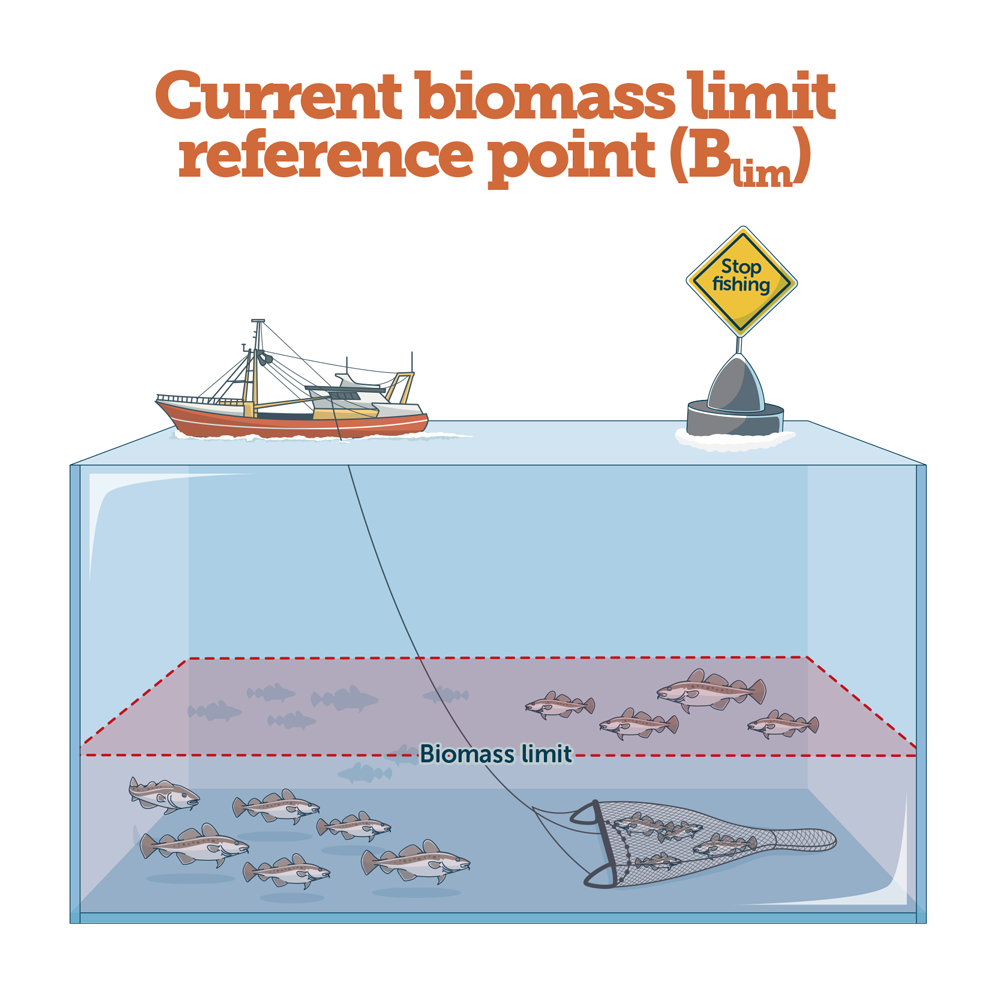
Biomass limit reference points define the danger zone for a stock, the point beyond which its reproduction is at higher risk, and therefore a state that should be avoided. The limit is almost always based exclusively on the stock’s biological characteristics. In the EU, the spawning stock biomass reference point, Blim, is identified as the stock size below which recruitment—the addition of young fish to the population—has a high likelihood of being “impaired.” If stock biomass falls below Blim, ICES advises action to restore biomass, such as further reduction or suspension of targeted fishing.
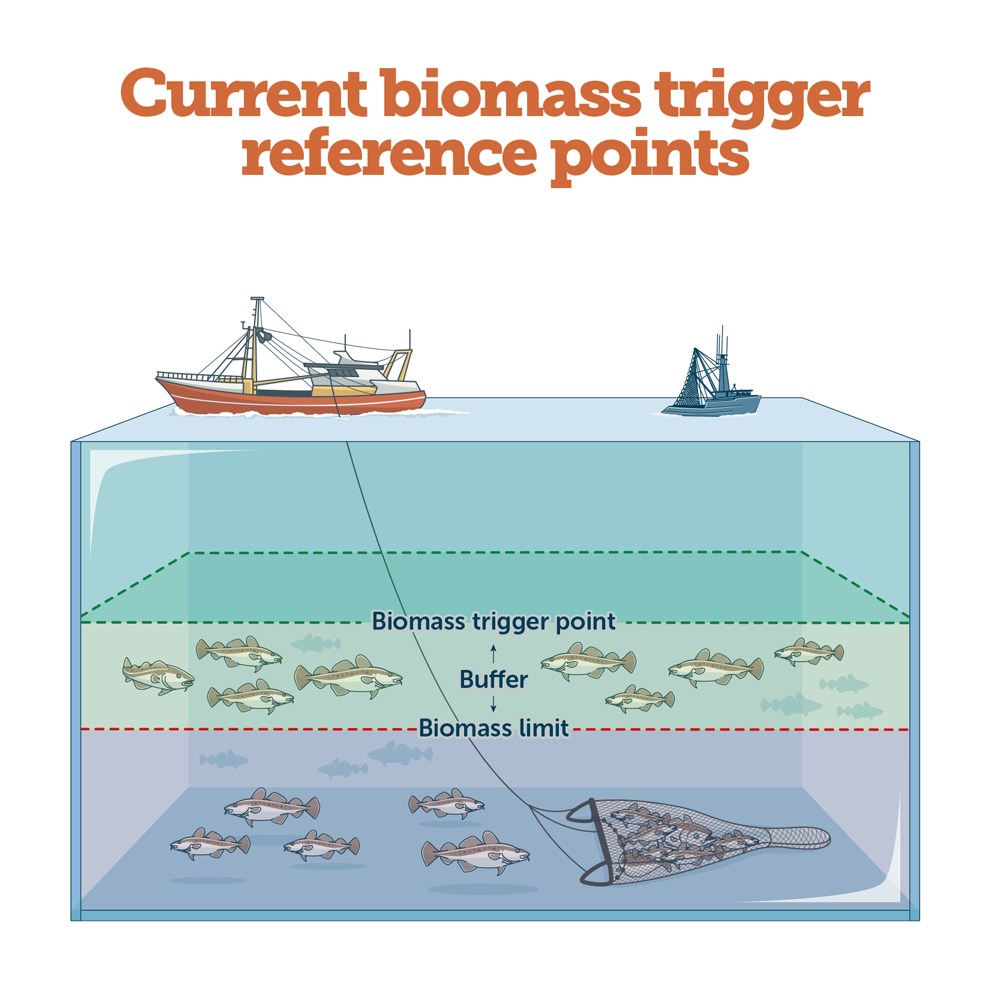
Trigger reference points are used to prompt pre-agreed management actions designed to allow stocks to recover—and to keep them from falling below the biomass limit reference points. In the EU, trigger reference points such as MSY (maximum sustainable yield) Btrigger have been used to set such precautionary margins. When spawning stock biomass is estimated to be above MSY Btrigger, the probability of impaired recruitment is expected to be low (less than 5 percent). If biomass falls below this level, managers should reduce fishing pressure and impose additional measures, such as time-space closures or gear modifications, to help boost the stock.
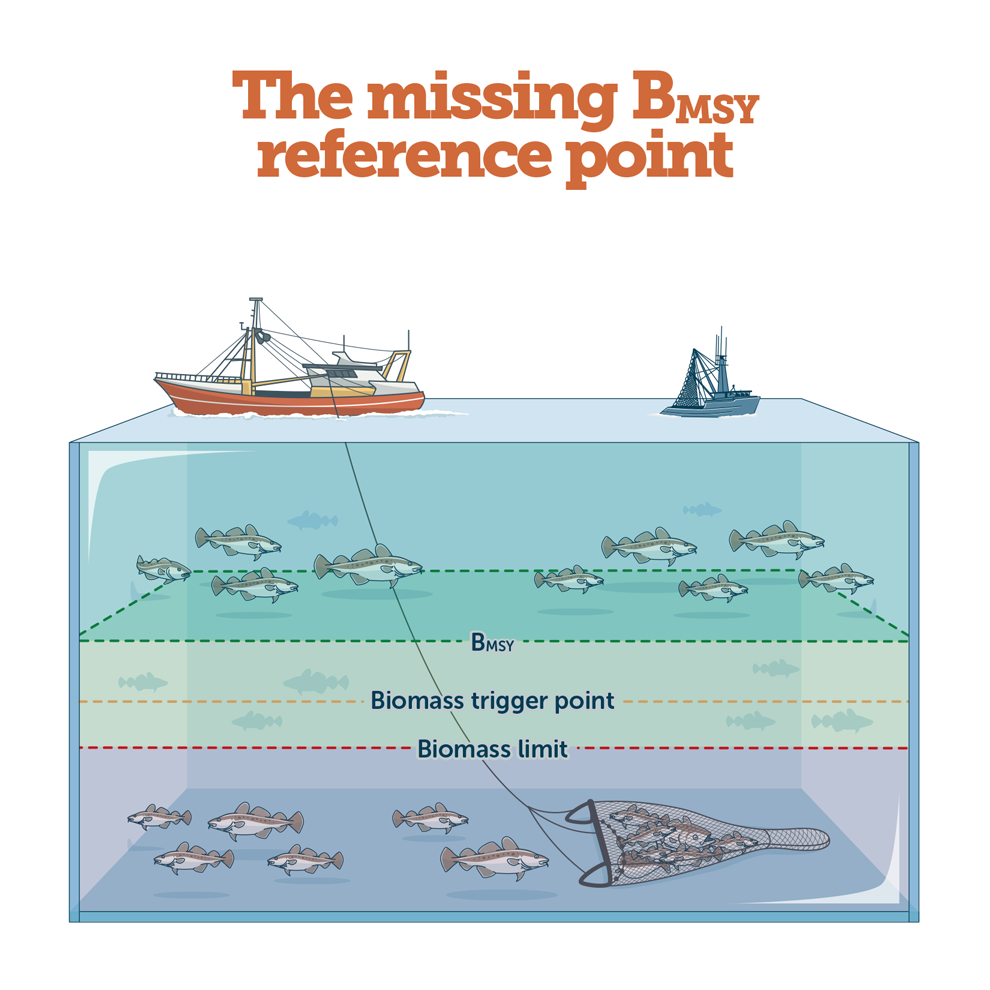
The reformed CFP requires more than avoiding impaired reproduction of fish stocks. It stipulates the aim of restoring and maintaining stock biomass above levels capable of producing BMSY. Maintaining fish stocks above BMSY levels has economic benefits, such as more stable catch limits and the need for relatively less fishing effort. Lower levels of fishing also generally result in fewer adverse environmental impacts.
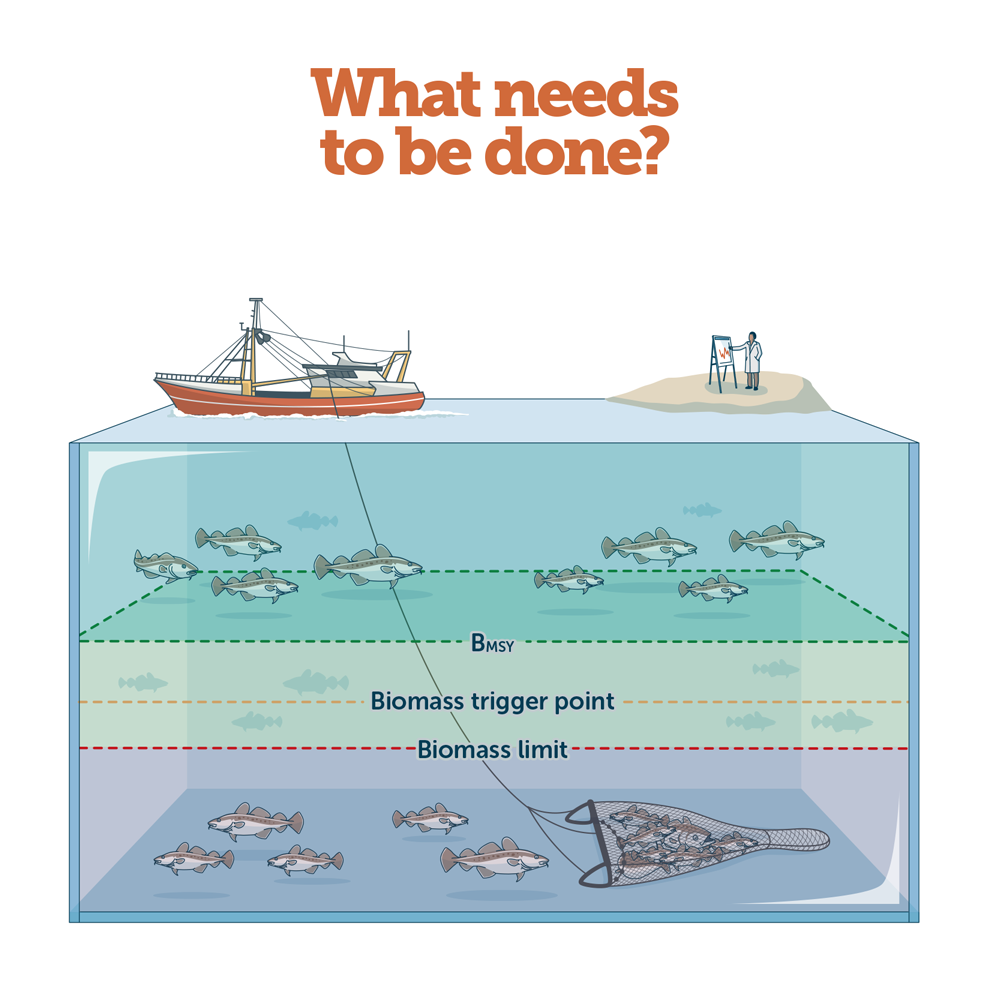
The current ICES framework for advice does not adequately reflect the reformed CFP aim of restoring and maintaining stock biomass above BMSY levels.
Recommendations
- The EU Commission should ask ICES to revise its framework for advice in line with the reformed CFP. This should include BMSY as a trigger reference point.
- The EU Commission should request that ICES provide information on the state of fish stocks in relation to BMSY levels to allow evaluation of progress toward restoring stocks above these levels.
- EU institutions should set fishing limits below the mortality level that can sustain maximum sustainable yield (FMSY), require additional action when biomass trigger reference points are passed, and stop directed fishing when a stock is below the Blim reference point.











